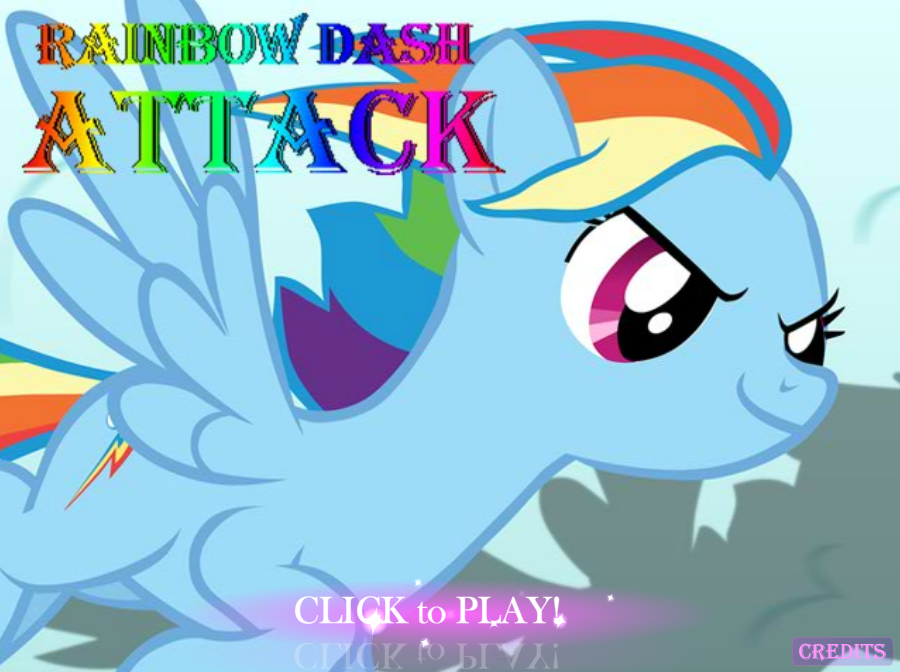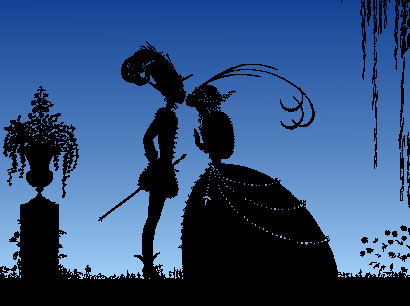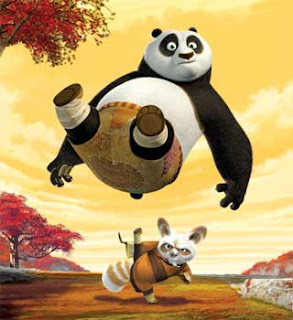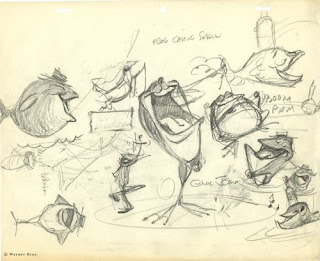 |
| Animation stand * |
Animation stand
Erasure animation
 |
| Erasure animation * |
Erasure video
Puppet animation
 |
| Puppet animation * |
Puppet animation : puppetry takes many forms but they all share the process of animating inanimate performing objects. Puppetry is used in almost all human societies both as an entertainment – in performance – and ceremonially in rituals and celebrations such as carnivals. Most puppetry involves storytelling. The impact of puppetry depends on the process of transformation of puppets, which has much in common with magic and with play.
Also called : puppetoon, puppetry
Flash animation
 |
| Flash animation * |
Also called : flash cartoon
Clay animation
 |
| Clay animation * |
Clay animation: “type of animation which generally uses plasticine or clay, such as the "Claymation" work of Will Vinton or the Wallace and Gromit series.”
Also called : plasticine animation
PowerPoint
PowerPoint : Microsoft Office product that provides users with an interface to design multimedia slides to be displayed on a projection system or personal computer. The software incorporates images, sounds, videos, text, and charts to create an interactive presentation.
 |
| PowerPoint * |
Strata-cut animation
 |
| Strata-cut animation * |
Strata-cut animation : "is most commonly a form of clay animation in which a long bread-like "loaf" of clay, internally packed tight and loaded with varying imagery, is sliced into thin sheets, with the animation camera taking a frame of the end of the loaf for each cut, eventually revealing the movement of the internal images within. Wax may be used instead of clay for the loaf, but this can be more difficult to use because it is less malleable."
Sand animation
Sand animation *
Sand animation : "also known as sand art, is a term which has two meanings. It is the name given to a style of live performance art, and also to a type of animation. In the former, an artist creates a series of images using sand, a process which is achieved by applying sand to a surface and then rendering images by drawing lines and figures in the sand with one's hands. A sand animation performer will often use the aid of an overhead projector or lightbox (similar to one used by photographers to view translucent films). In the latter, animators move around sand on a backlighted or frontlighted piece of glass to create each frame for their animated films."
Cutout animation
Cutout animation *
Cutout animation: “type of animation using still photos and cut-outs to form a collage.”
SVG
 |
| SVG * |
Silhouette animation
 |
| Silhouette animation * |
Silhouette animation : "type of animation using intricately cut-out paper figures silhouetted with backlighting. Variations of the technique use backlit sand or other materials."
3D animation
 |
| 3D animation * |
Paper cut outs
 |
| Paper cut outs * |
Paper cut outs: "paper cut outs is a technique for producing animations using flat characters, props and backgrounds cut from materials such as paper, card, stiff fabric or even photographs. The world's earliest known animated feature films were paper cut outs animations."
Also called : cut-out
Cell shaded
 |
| Cell shaded * |
Also called : cel shading, toon shading.
Model animation
 |
| Model animation * |
Model animation: "animation of three-dimensional objects has long fascinated film-makers and film audiences alike. When the animation of small objects became familiar, enterprising filmmakers found new sources of magic through allied techniques such as pixilation and time-lapse animation."
Source :
LAYBOURNE, Kit. The animation book: a complete guide to animated filmmarking-from flip-books to sound cartoons. New York
Go motion
 |
| Go motion * |
Go motion: "process of giving the illusion of movement to drawings, models, or inanimate objects. From the mid-1850s, such optical devices as the zoetrope produced the illusion of animation. Stop-action photography enabled the production of cartoon films."
Crowd
 |
| Crowd * |
Also called : Particle Motion, Crowd Al, Crowd simulation.
Object animation
 |
| Object animation * |
Object animation: "object animation is a form of stop motion animation that involves the animated movements of any non-drawn objects such as toys, blocks, dolls, etc. which are not fully malleable, such as clay or wax, and not designed to look like a recognizable human or animal character".
Morph target
 |
| Morph target * |
Also called : Per-vertex animation, shape interpolation, or blend shapes
Motion capture
Motion capture *
|
Motion capture : "Motion capture is a term used to describe the process of recording movement of one or more objects or persons. It is used in military, entertainment, sports, and medical applications, and for validation of computer vision and robotics. In filmmaking, and games, it refers to recording actions of human actors, and using that information to animate digital character models in 2D or 3D computer animation. When it includes face and fingers or captures subtle expressions, it is often referred to as performance capture".
Also called : motion tracking, mocap
Animatronics
| Animatronics * |
Animatronics: animatronics is the use of mechatronics to create machines which seem animate rather than robotic. Animatronic creations include animals (including dinosaurs), plants and even mythical creatures. A robot designed to be a convincing imitation of a human is specifically known as an android.
Non photorealistic rendering
Non photorealistic animation *
Graphic animation
 |
| Graphic animation * |
Graphic animation : "the term "animated graphics" can cover many things, from flash SWFs to animated GIFS to banner ads. Basically an animated graphic, by the simplest breakdown, is any picture that has more than one frame and manages to depict movement of some form or another. Technically this includes animated TV, although when we think of animated graphics, we rarely think of cartoon shows and movies. In common vernacular, "animated graphic" really only applies to animated images for the web."
Brickfilm
 |
| Brickfilm * |
Brickfilm : a brickfilm is a film made using lego, or other similar plastic construction toys resembling lego toys.
Skeletal
 |
| Skeletal animation * |
Pixilation
 |
| Pixilation * |
Pixilation (from pixilated) : is a stop motion technique where live actors are used as a frame-by-frame subject in an animated film, by repeatedly posing while one or more frame is taken and changing pose slightly before the next frame or frames. The actor becomes a kind of living stop motion puppet. This technique is often used as a way to blend live actors with animated ones in a movie, such as in The Secret Adventures of Tom Thumb by the Bolex Brothers, which used the technique to compelling and eerie effect.
Paint of glass animation
 |
| Paint of glass animation * |
Paint of glass animation: "on the basis of a single film, universal recognition has been achieved for a distinct animation technique that involves working with paint on a glassy surface."
Source :
LAYBOURNE, Kit. The animation book: a complete guide to animated filmmarking-from flip-books to sound cartoons. New York
Pinscreen
| Pinscreen * |
Pinscreen: "pinscreen animation makes use of a screen filled with movable pins, which can be moved in or out by pressing an object onto the screen. The screen is lit from the side so that the pins cast shadows. The technique has been used to create animated films with a range of textural effects difficult to achieve with traditional cell animation. A pinscreen is a white screen that consists of thousands and thousands of pins in small holes. Light shines from the side of this platform causing each and every single pin to cast its own shadow."
Also called : pin Art
Pose to pose animation
 |
| Pose to pose animation * |
Time Lapse
 |
| Tme lapse * |
Time Lapse: Technique that photographs a naturally slow process, such as plant growth, on movie film at intervals, so that continuous projection of the frames gives an accelerated view of the process. When played at normal speed, time appears to be moving faster and thus lapsing. For example, an image of a scene may be captured once every second, then played back at 30 frames per second. The result is an apparent 30-times speed increase. Time-lapse photography can be considered the opposite of high speed photography or slow motion.
Abstract animation
 |
| Abstract animation * |
Abstract animation: "Animation is a visual technique that creates the illusion of motion, and abstract animation is the conceptualisation of pulling the inner meaning out. It is often referred to as “moving art” and has a long history alongside the abstract visual art movement with painters."
Rotoscoping
 |
| Rotoscoping |
Rotoscoping : is an animation technique in which animators trace over live-action film movement, frame by frame, for use in animated films. Originally, recorded live-action film images were projected onto a frosted glass panel and re-drawn by an animator. This projection equipment is called a rotoscope, although this device has been replaced by computers in recent years. In the visual effects industry, the term rotoscoping refers to the technique of manually creating a matte for an element on a live-action plate so it may be composited over another background.
Live action/Animation
 |
| Live action/Animation * |
A live-action/animated film : is a motion picture that features a combination of real actors or elements: live-action and animated elements, typically interacting.
Intbetweening
 |
| Intbetweening * |
Intbetweening : An interpolation technique where an animation program generates extra frames between the key frames that the user has created. This gives smoother animation without the user having to draw every frame.
Flip book
 |
| Flip book *
A flip book (or flick book) : is a book with a series of pictures that vary gradually from one page to the next, so that when the pages are turned rapidly, the pictures appear to animate by simulating motion or some other change.
|
Animated drawings
 |
| Animated drawings * |
Animated drawings : were originally done on paper. Pioneers such as Émile Cohl of France (Fantasmagorie, 1908) and Winsor McCay (Gertie the Dinosaur, 1914) of the United States
Drawn on film animation
 |
| Drawn on film animation * |
Drawn-on-film animation : also known as direct animation or animation without camera, is an animation technique where footage is produced by creating the images directly on film stock, as opposed to any other form of animation where the images or objects are photographed frame by frame with an animation camera.
Subscribe to:
Comments (Atom)



